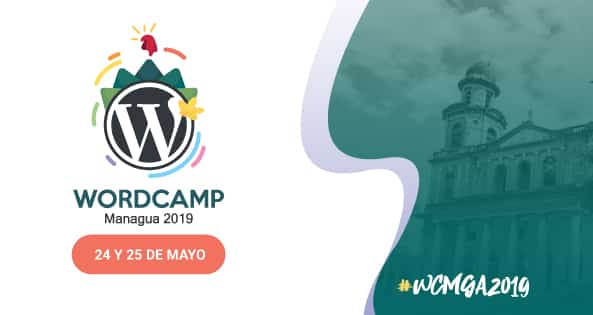
WordCamp Managua 2019 was a pivotal event for the WordPress community. Last year, in a heartbreaking turn of events, WordCamp Managua 2018 was called off two weeks before it was scheduled to take place due to the political upheaval and civil unrest that happened in Nicaragua.
Needless to say, this camp was marked by tension something like this leaves, and the events of last year were evident in Managua and on its streets.
Against all odds and the reluctance of people afraid to go given what happened a year ago, WordCamp Managua 2019 was given a green light and we decided to go.
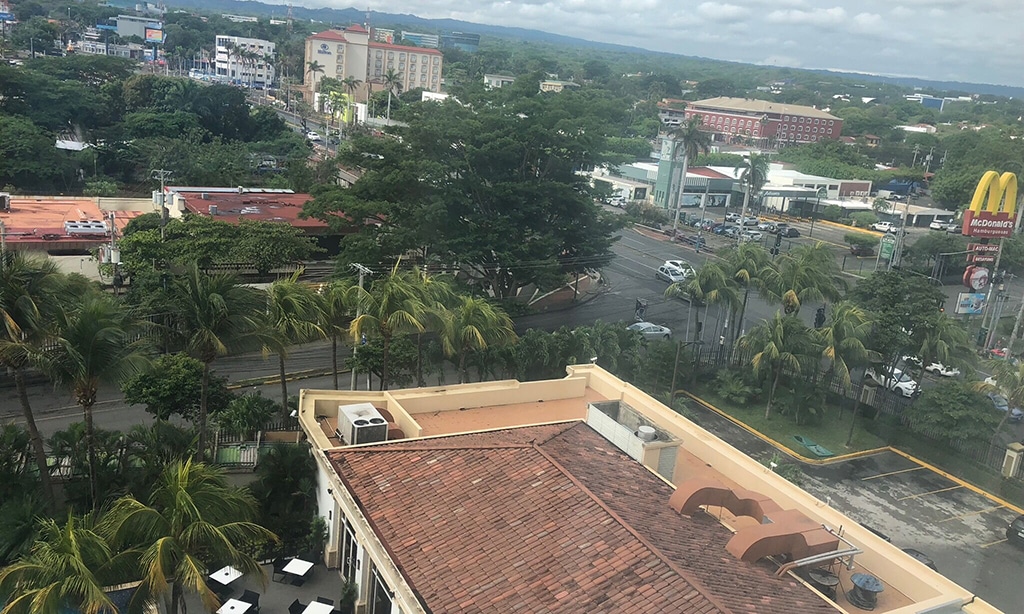
For us, as a WordPress hosting company, it was important to support it. Not only as a global sponsor, but also with our on-site face-to-face presence to give the WordPress community of Managua the emotional boost that we are part of rebuilding what was broken a year ago.
So without further ado, let’s speak about the camp!
Getting to WordCamp Managua 2019
As I am from Costa Rica, I decided to take the bus; the “scenic” route as they say. In part because flying is kind of boring and I was going to be more comfortable on a bus which had better seats.
This turned out to be a partial truth as the queues to cross the border makes you want to run back to where you came from.
I think I enjoy going through immigration at airports more. Getting to Managua had taken about 9 hours. Once I got to the hotel, the venue of the WordCamp was literally across the street. Talk about planning to the “T.”
When I got there, they knew who I was and the organizers greeted me with a lot of warmth and happiness. They really appreciated our token of going there physically to support this camp as a sponsor.
I felt very special to be welcomed like that and felt proud to wear the GreenGeeks colors.
I had to improvise a bit on setting up the table. Since it was a bit crowded, I was seated next to the conferences that were in an open space. So I was able to meet people and listen to the conferences whilst seated.
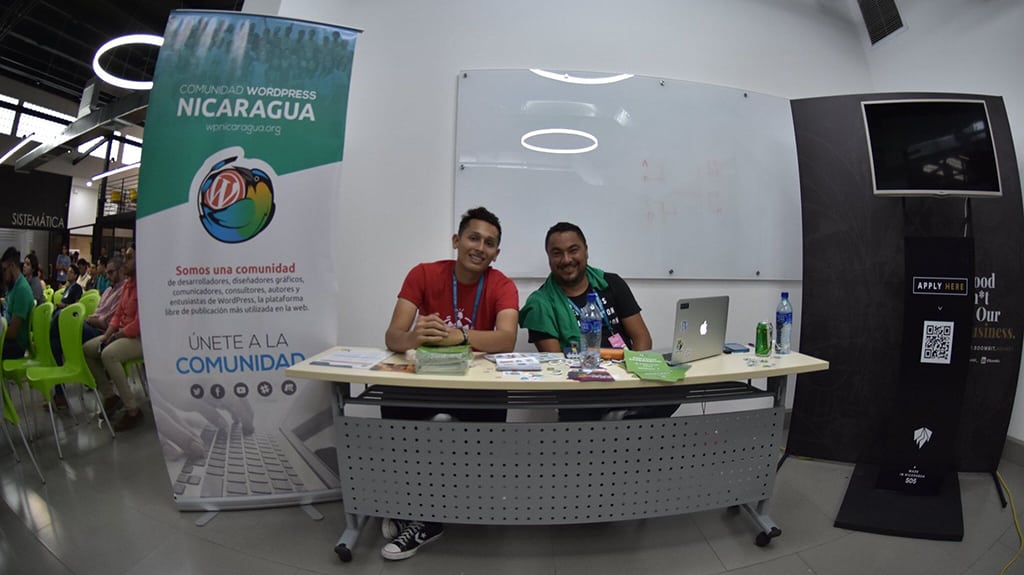
That is called 2×1 where I come from.
The Venue
The WordCamp was held at the Zamora Teran Foundation, which is an innovation center in downtown Managua. It was perfect for the size of the camp. The audio was great, the light was awesome as well and there were coffee/water stations at all times.
Kudos to the organizing crew who did a fantastic job. The stress was worth it!
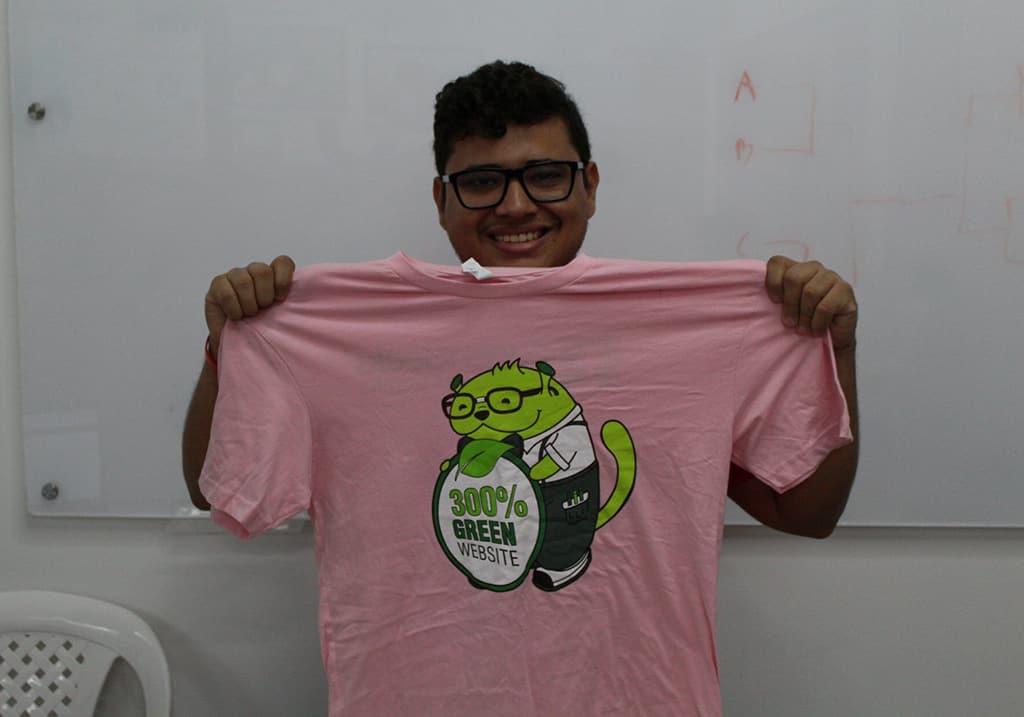
It was also great to see so many GreenGeeks shirts out there. We were the only sponsor to give out shirts as part of the swag, so we were all over the place! We got many comments from people saying the shirts were flat out awesome.
They are, by the way.
The Talks and Improvisation 101
There were numerous talks and some were just flat out fantastic. I am going to highlight the ones I paid the most attention to as I had to work, you know. So much for that 2×1 I mentioned earlier.
How to Sell More Locally – Google Helps You for Free
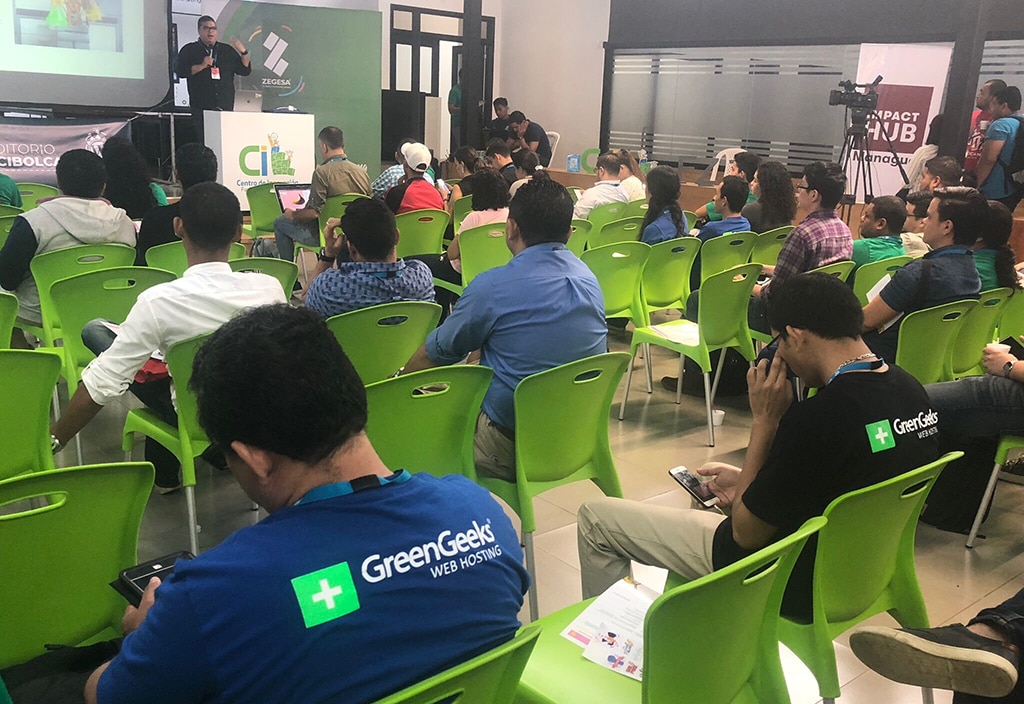
I loved this talk, which was given by my fellow countryman Allan Chaves. He spoke about getting your business in Google and drive more traffic to your site organically. This included the importance of having details crafted to suit Google’s user experience.
In reality, SEO is huge. Google is huge. We are all trying to sell to our future customers. Even for GreenGeeks, the web hosting business is very competitive, and finding new ways to generate new leads is always an interesting and challenging route to take.
The talk was geared at revising your online presence and choosing battles wisely. It is no secret that Google and Facebook are not exactly friends and as businesses, we have to make those choices to where we limit our non-infinite resources.
Where to put the resources on this and why? The talk gave us the cold numbers (he is into data mining a lot) of who looks for what and why. Google, in my opinion, is the better bet after this talk.
Why? Because we search for business information with Google, not Facebook.
Facebook is a tool that helps spread a message, but it’s not the place I go on to search for information. So what I got from the talk is the information I have on my site is important, someone out there is looking for what I have to offer.
On Facebook, this becomes harder and it has to do more with brand awareness than anything else. Which is important too, but it isn’t the same as being up there in Google search.
A Zombie Apocalyptic Survival Guide on Building Blocks in Gutenberg.
This talk was given by Leandro Gomez (Monchito), who is one of the main guys of the WordPress community in Managua.
I come from a technical background and WordPress is my sauce. This talk gathered my attention from a technical point of view. This is because there is concern (geek fights mostly) amongst us developers as far as WordPress and its future by the shift Gutenberg and WordPress are taking.
How much are we going to sway towards JS in detriment of PHP, which is what powers WordPress? How is this going to affect the developer community that makes WordPress as awesome as it is (because it is awesome)?
Matt Mullenweg gave us advice to “Learn Javascript deeply” a few years ago. In a move that has been hailed by some and hated by others, Gutenberg is now a part of the WordPress reality.
So in order to stay current, we all had to learn JS deeply. He was right. It hasn’t been THAT bad transitioning from PHP to JS and using WP either way. But to others, they preferred not to.
And that’s where this talk came in.
This talk more or less explains how not to use JS in order to build blocks in Gutenberg. Instead, rely on the ACF plugin (Advanced Custom Fields) where you declare your variables in PHP code as meta fields, hook into ACF, and the callback function you declare does the rest in terms of rendering.
All the Gutenberg JSX “stuff” happens in the background. So voila, no JS needed for you. It is pretty straight-forward, and I wasn’t aware it was possible.
This was ok. It did the job, but a couple of things I didn’t agree with were:
- You are pretty much inserting metadata inside the editor. I am not a fan of this because from a functional point of view, metadata is supposed to be outside of the editor. The editor is that, the place where you edit your main content. Metadata is information regarding the post itself, so in no way should it be a part of its content.
- When you use the Gutenberg API to edit/save blocks, you also carry the application state. This makes editing/saving a rich user experience. Since you are inserting the metadata inside the block with this, there is no state being saved. At all. So again, it is the same as having that metadata outside of the editor. So why bother with it?
Other than that, it was a nice solution for people wanting to use it without relying on strapping your code with WebPack and all that jazz as a Gutenberg block.
How to Identify with My Brand? Corporate Branding
This talk I enjoyed also, and it was given by Diana Acevedo, a fellow designer who created the beautiful WordCamp Managua logo. It speaks about the workflow of coming up with the final idea that represents a logo.
Often this process is overlooked by companies who don’t see the value, and it’s always great to see a fellow designer speak up about the success stories behind it.
The process of designing a logo for a WordCamp is like any other, and other people submit their entries. In the end, only one is selected.
Typography Rythm and Color in Web Design
This talk I enjoyed because, well, I gave it! Unfortunately, a speaker was unable to make it and thus they asked me if I could bail them out. Being a WordCamp speaker myself, I happily said yes. So I gave a talk about typography rhythm and how to choose colors in web design.
So it’s really two talks in one session (and barely made it time wise).
In the first one, I explained my work flow when it comes to choosing colors for web design. Which theory apart is such an important design process. Get it right and your designs look amazing, part of the overall polished experience.
Get it wrong, and well, you are in trouble.
The second part is about typography rhythm, which is the process of leaving the vertical spacing in your design elements (text, div’s, etc) based on your font-size and its proportion.
The result is an evenly spaced design that flows properly. This is because behind the scenes, the font is the one that is setting the rhythm as far as spacing.
People enjoyed this talk. And they should, because as WordPress developers, some struggle with the aesthetics of a website, the experience itself and leaving it right. It’s a complicated job to handle both well.
The After Party
I had a few beers with my fellow WP friends from Managua during the after party. It was awesome, and the after party was amazing.
I am so glad to have met the wonderful people from Managua and invited them to come along to Costa Rica this year. WordCamp San Jose is going to be M-A-S-S-I-V-E. We are gathering momentum and getting ready for what is going to be a fantastic camp.
Final Thoughts
Winston Churchill once said that success is going from failure to failure without loss of enthusiasm.
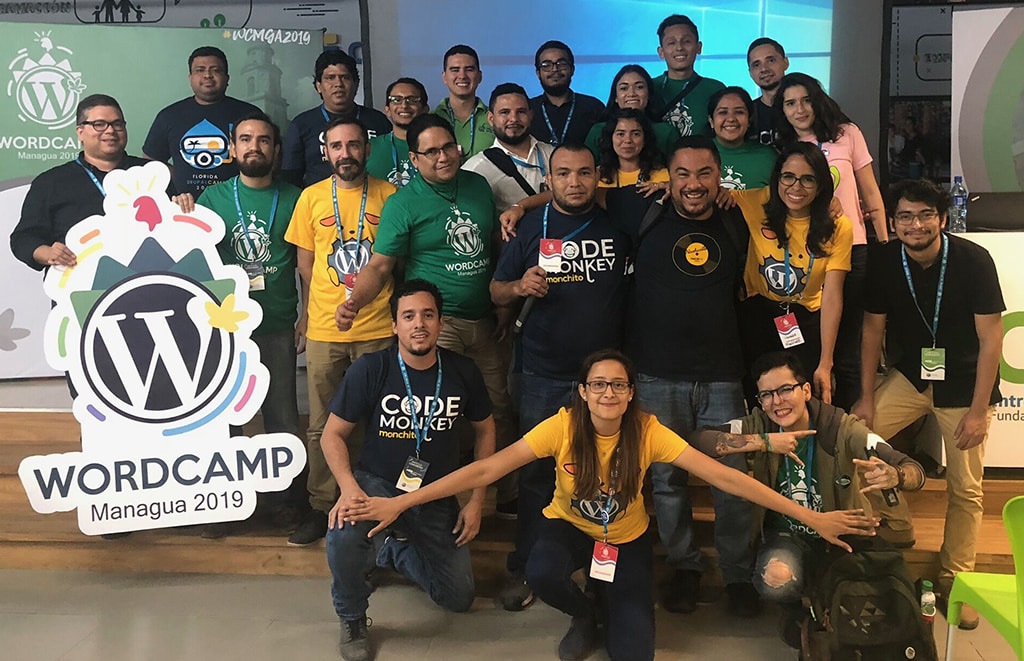
Having being able to overcome the blow of losing a WordCamp due to things out of your control and having the determination to bounce back from it, made this WordCamp such a special one. I look forward to Managua 2020 because make no mistake, Nicaragua is here to stay.
